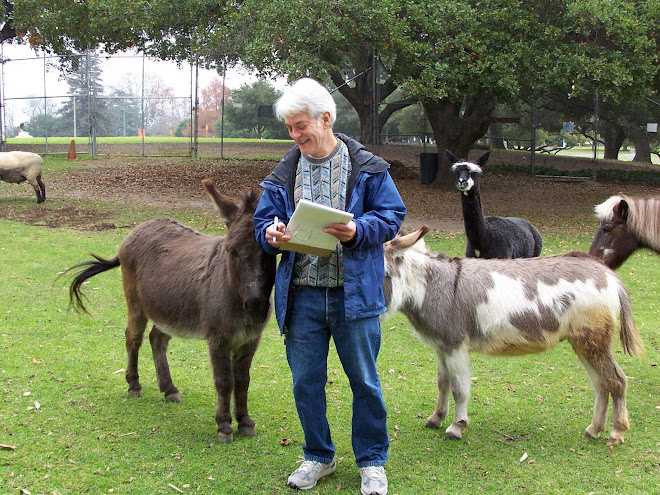
The late Washington Post publisher Phil Graham famously said that journalism is "the first rough draft of history," but it's not the last word.
That's because events that seem important at the time turn out to be less so with the passage of years. The big picture goes unnoticed until much later.
For instance, the biggest story in the Roman Empire in the year 30 A.D. was the fall of Aelius Sejanus, Prefect of the Praetorian Guard. Nobody paid any attention to the crucifixion of a Jewish carpenter-turned-preacher in Jerusalem.
Last year, Time Magazine chose Federal Reserve Board Chairman Ben Bernanke as its "Person of the Year." But I have a hunch that our descendants will decide that the real Person of the Year in 2009 was a female named "Ardi."
Short for Ardipithecus ramidus, Ardi lived 4.4 million years ago in the Afar region of Ethiopia. On Oct. 2 an international team of scientists co-led by Prof. Tim White of U.C. Berkeley announced her discovery. She is our earliest known ancestor, 1.2 million years older than Lucy (aka Australopithecus afarensis), whose partial skeleton was discovered in the same area in 1974. White calls it "the ultimate cold case investigation."
The coolest thing is that they discovered so much of Ardi's skeleton, starting with a hand bone in 1994 and eventually totaling 125 different bony parts.
"To understand the way her body worked, the parts you really want are the skull, pelvis, limbs, and hands and feet," says White. "And we have all of them."
Not only that, they also have body parts from 36 of Ardi's relatives, as well as other creatures that inhabited her environment. Among them are 20 species previously unknown to science, including shrews, bats, rodents, hares and carnivores.
One of the popular myths about evolution is that humans descended from chimps, but Darwin never said anything of the kind. What scientists really think is that we both descended from a common ancestor, whose bones have never been found.
But about 6 million years ago the family tree split into two branches, and we and the chimps have been evolving on our separate paths ever since.
At 4.4 million years, Ardi is the closest yet we've gotten to that common ancestor. And, as often happens in science, her discovery has forced scientists to rethink a lot of their earlier assumptions.
"She's not very chimp-like, which means our last common ancestor probably wasn't, either," says White. "She didn't walk on her knuckles like chimps and gorillas, and she had the ability to carry things in her hands. It's flipped our understanding of how evolution proceeded."
Ardi was about four feet tall and weighed about 110 lbs. She didn't look much like either humans or chimps, which suggests that neither did our last common ancestor.
You can find out more at a fascinating exhibit in the Valley Life Sciences Building at Cal or by visiting http://dsc.discovery.com/tv/ardipithecus/ardipithecus.html/.
One of the most interesting discoveries was that males of Ardi's species didn't have long, sharp fangs like chimps and gorillas, which implies that they might have wooed their mates less by fighting each other and more by pitching in with the chores, including provisioning their mates and children.
But confirmation will have to await future discoveries. In the meantime, isn't this cool?















No comments:
Post a Comment